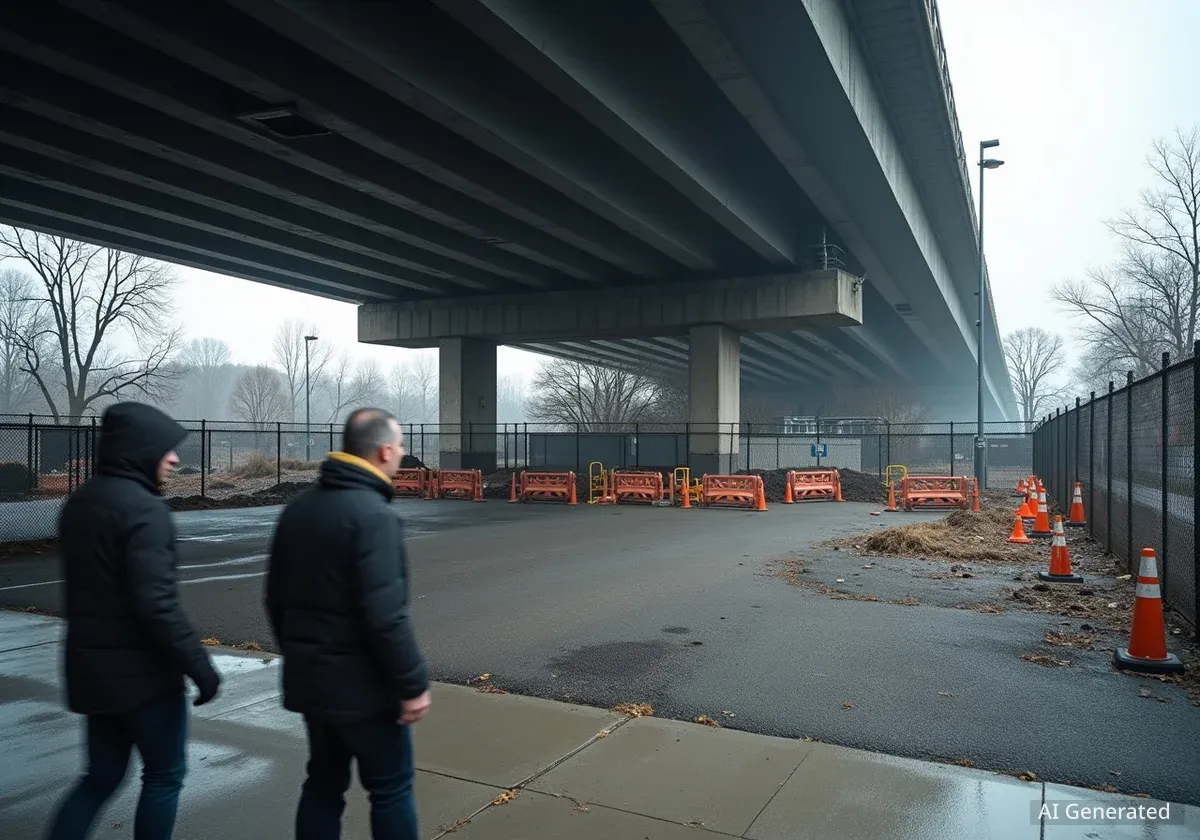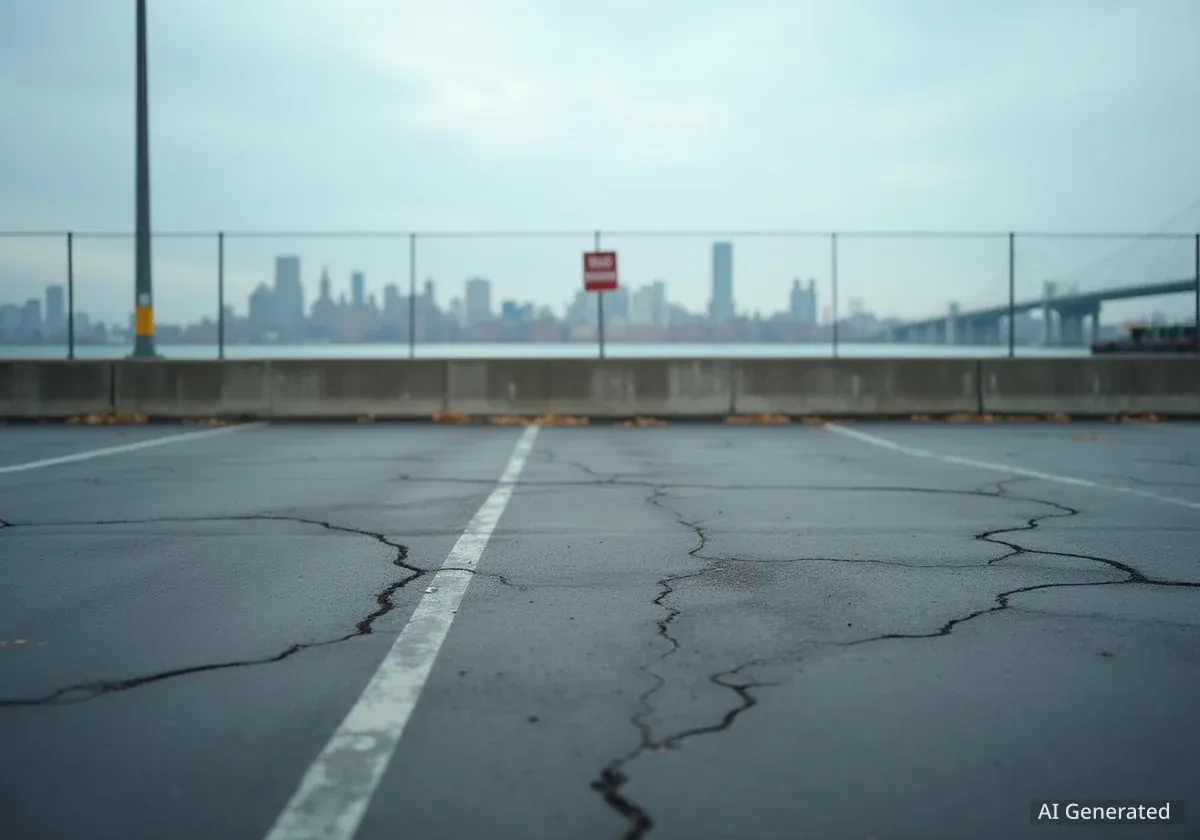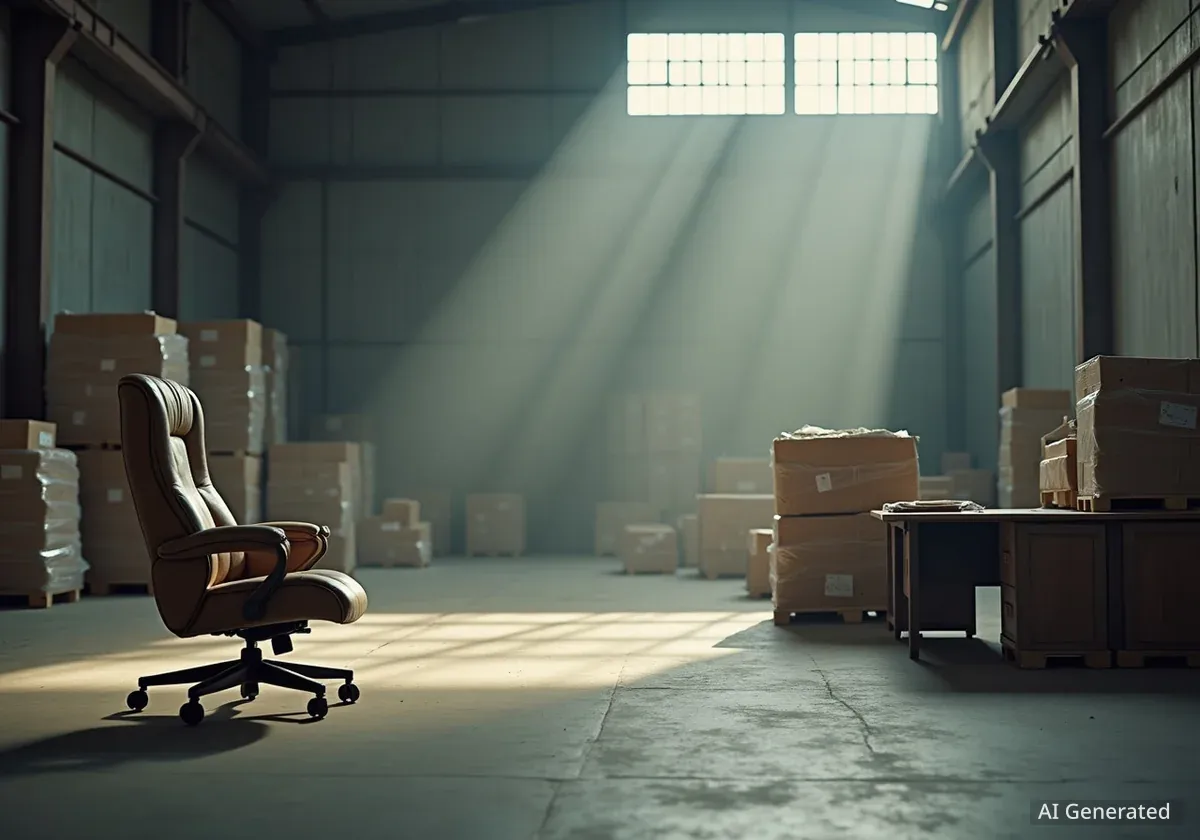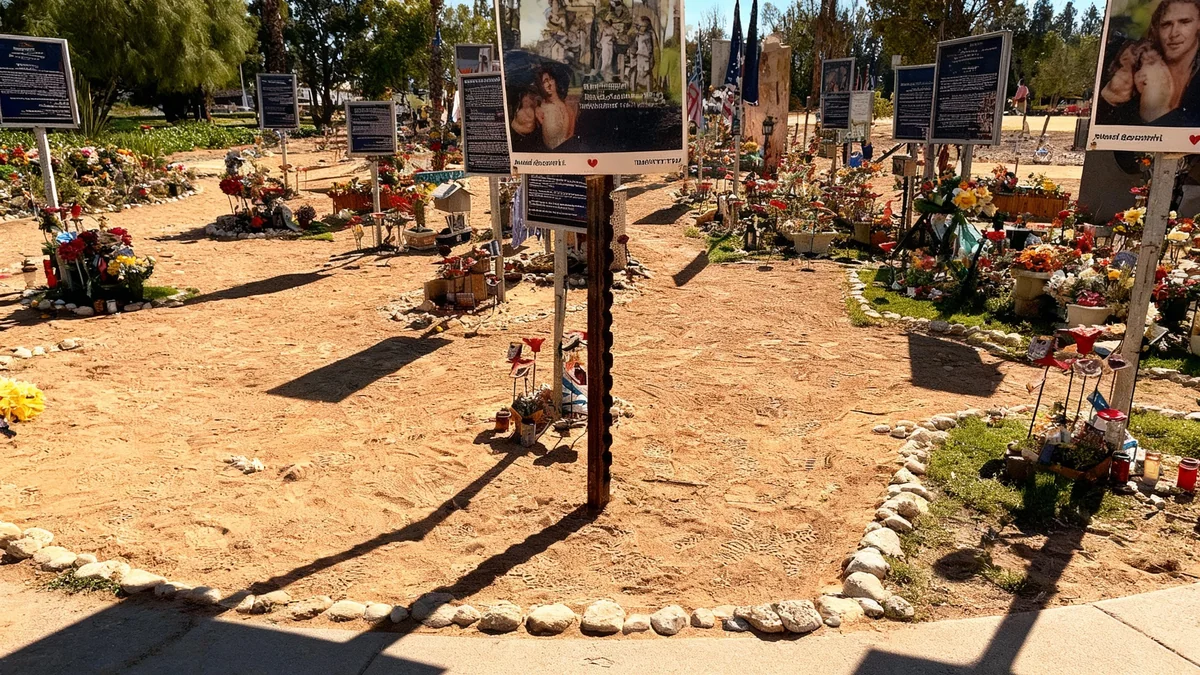Residents in Manhattan are urging the New York City Department of Transportation (DOT) to convert a largely unused lot adjacent to the Queensboro Bridge into public space. The call for transformation has gained momentum following the recent opening of a new pedestrian path on the bridge, with community members arguing the land is a neglected resource in a densely populated neighborhood.
The triangular plot of land, located near Second Avenue and East 59th Street, is currently used by the DOT for storage. However, local advocates report that the space often sits empty, accumulating trash and serving little purpose while the community lacks adequate open areas.
Key Takeaways
- Manhattan residents are campaigning to transform a DOT-controlled storage lot near the Queensboro Bridge into a public park or community space.
- The effort is led by locals Paul Krikler and Sean Basinski, who have lobbied for nearly two years.
- The campaign has received support from local elected officials, including Council Member Julie Menin.
- The DOT maintains that the lot is necessary for storage and operational needs, despite appearing underutilized.
- The push coincides with the city's recent opening of a new pedestrian walkway on the bridge's south outer roadway.
A Neglected Space with Untapped Potential
For decades, the fenced-off lot at the base of the Queensboro Bridge has been designated for city use. The Department of Transportation utilizes the area for parking, equipment storage, and maintenance access. However, residents who live and work nearby see a different reality.
Sean Basinski, a local resident for three decades, described the site's condition as poorly maintained. "There's a lot of trash around it, they don't clean it well or maintain it well – but even more offensive to me is that they're not using it," he stated. On a recent visit, the gates were open, revealing scattered jersey barriers and traffic barrels across the asphalt.
Beneath the modern surface, hints of the area's history are visible. Worn asphalt gives way to old stone pavers and trolley tracks from a time when streetcars crossed the bridge. Community advocates believe this historic character, combined with the bridge's overhead arches, could create a unique public amenity.
"Along the side of the bridge with the arch overhead, it could be a really fantastic space," Basinski added, highlighting the location's aesthetic potential.
New Pedestrian Path Sparks Renewed Calls for Access
The campaign to reclaim the space has been amplified by a recent city project. This spring, Mayor Eric Adams' administration converted the Queensboro Bridge's south outer roadway from a vehicle lane into a dedicated path for pedestrians. This long-delayed project has created a new thoroughfare for walkers and runners.
Advocates argue that opening the adjacent lot is the logical next step. The new path ends near the storage area, presenting an opportunity to create a seamless transition from the bridge into a welcoming public space. "Why not just have people continue along here, is this the time to open up this space?" Basinski questioned.
The Honey Locust Park Extension Proposal
For nearly two years, local advocates have promoted a vision called the "Honey Locust Park Extension." Their proposal involves connecting the underused DOT lot with the adjacent, small-scale Honey Locust Park. An online petition, supported by artistic renderings, illustrates how the combined area could be transformed into a valuable community asset with features like a dog run, additional parkland, or outdoor seating for cafes.
This initiative aims to reclaim land that has been gradually allocated to city agencies and private businesses over the years. The goal is to return a piece of the neighborhood to the community it serves.
Community and Political Support Grows
The push to repurpose the lot is not limited to a few residents. The idea has garnered significant local backing and the attention of elected officials. Local advocate Paul Krikler emphasized the importance of community involvement in determining the space's future.
"Let the people here work out what they want done with that space, involve the community," Krikler said. "[There’s] tons of ideas. Every time we talk to people, new ideas come out."
A Crowded Neighborhood
Midtown East is one of Manhattan's densest residential and commercial districts. Access to open green space is limited, making every square foot of available land a valuable commodity for residents seeking recreation and relaxation.
This sentiment is shared by local government representatives. Last year, elected officials sent a letter to DOT Commissioner Ydanis Rodriguez, urging the agency to consider converting the lot. Council Member Julie Menin has been a vocal supporter of the project.
"I have continually urged the Department of Transportation to expand the park, turning unused land into more vital open space for East Siders," Menin said in a statement. "To make this a reality, the city must review alternative maintenance facilities."
As part of the pedestrian path project, the DOT has already implemented traffic calming measures on East 59th Street, making the block more pedestrian-friendly. Advocates see the conversion of the storage lot as the final piece of a larger neighborhood improvement plan.
The Department of Transportation's Position
Despite the growing support for a public park, the Department of Transportation has been hesitant to release control of the property. According to Basinski, DOT officials have acknowledged that the lot is not currently in active use but have stated a potential need for it in the future.
"It's not good to just keep it for a rainy day that may never come, that doesn't make sense," Basinski countered, expressing frustration with the agency's justification.
In a formal statement, DOT spokesperson Scott Gastel confirmed the agency's stance. He said the space is used for repairs, access to bridge facilities, storage, and "other operational purposes." Advocates note that the DOT already maintains another storage facility further beneath the bridge, questioning the necessity of holding onto the triangular lot.
The debate highlights a common tension in New York City: the competing needs for municipal operational space versus public recreational areas. For now, residents and their elected officials remain hopeful that the city will reconsider its position. As Paul Krikler noted, progress often depends on a simple decision from leadership.
"It just takes somebody in a position of power to say, 'OK, let’s do it,'" he said.





